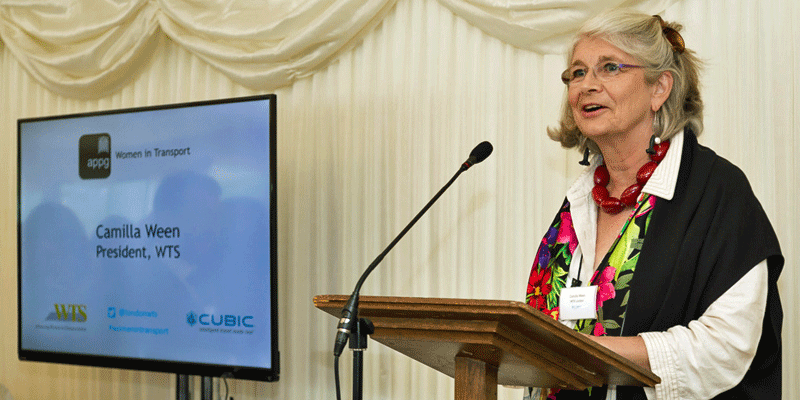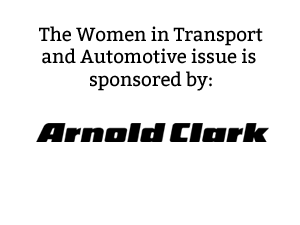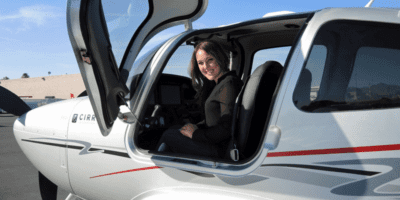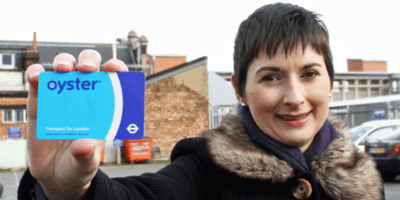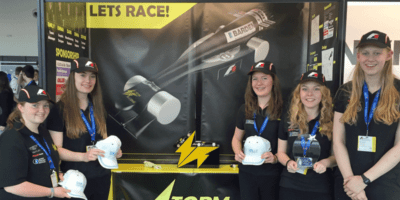Camilla Ween is a director of Goldstein Ween Architects, as well as being chair of trustees for the Spacelink Learning Foundation and president of WTS (Women’s Transportation Seminar), the professional network for women in transport. She is a Harvard University Leob Fellow (urbanism) who is passionate about urban transformation. Camilla worked for TfL (Transport for London) when they set up WTS in 2005 to address the under-representation of women in the transport industry.
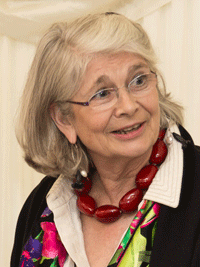
“…the under-representation of women in transport is such an absurdity in this day and age. I have always said my greatest hope is that WTS will soon be redundant…”
Migrating to transport from architecture
I gradually migrated over to transport from architecture after working for Eurotunnel, where I was inspired by the arguments for sustainable transport. This led to work on developing walking and cycling strategies for central London in the late 90s, which were eventually adopted by Transport for London (TfL).
So when TfL was set up it was a natural progression. I was advising the Mayor of London on major developments and land use planning policy, with a particular perspective of achieving integrated and sustainable transport.
Potential of transport to deliver solutions to fix most urban problems
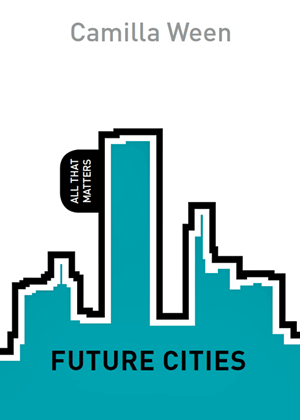
I see transport, if considered broadly, to have the potential to deliver solutions for fixing most urban problems and to be central to the design of the new mega-cities of the future. When looking at transport challenges, I aim to steer away from the technical fixes and prefer to focus on the opportunities that may exist to repair the urban fabric, social inequality and environmental degradation. I think governments and funding agencies under-rate the wider urban opportunities that are created by transport investment.
So, for example, places will be female-friendly if they have inclusive design at their core – that is design that respects all genders, people, customs and faiths. Ultimately it is about respect.
Under-representation of women: An absurdity in this day and age
I wear three or four hats in my role at Goldstein Ween – transport and urbanism design, some architecture, writing and lecturing. I have the luxury of being able to critique projects in the office without much responsibility! I want to raise the profile of transport within planning and urban design and an awareness of the huge benefits that can be built into transport projects at little extra cost.
I am not sure how or why I became president of WTS – like most of the things in my life it seemed to just happen; but I love it, because the under-representation of women in transport is such an absurdity in this day and age. I have always said my greatest hope is that WTS will soon be redundant.
Time to wake up and smell the coffee when it comes to inclusion of women in transport
I think there is more inclusion of women in some sectors of transport than when I started out in my career. There are a few enlightened consultancies that have woken up and smelt the coffee, but there is still a long way to go. I was positively impressed when working in Mexico City that our team of six included five women; “so why are we lagging so far behind?’, I keep asking myself – I guess we are good innovators but conservative in the workplace.
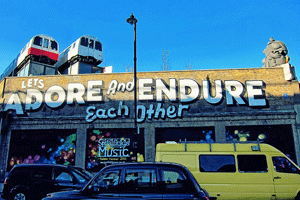
Britain is desperately short of engineers and scientists now, but the shortfall will be chronic in a few years. If Britain is to remain competitive, it should harness and encourage the huge potential that women can contribute.
Plans for WTS
We have an action-packed few months ahead, but I am particularly excited about WTS providing the secretariat for the All-Party Parliamentary Group (APPG) for Women in Transport, which was launched this summer. It is a real breakthrough that Parliament now recognises that the under-representation of women in transport is important and needs addressing.
www.wtsinternational.org/london
https://twitter.com/camillaween

